The 10 Best Survival Games
October 13, 2020 | 09:33
Companies: #facepunch #klei-entertainment #microsoft #mojang #techland
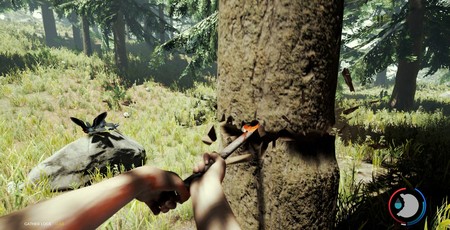
The rise of the survival game is probably the most significant new gaming trend of the 2010s. Popularised by games like Minecraft and DayZ, survival games see players pitched against the environment itself. Your overarching goal is simply to get from one day to the next to find food and water, build shelters, and thrive in the face of the elements and hostile flora and fauna.
There are multiple levels to the appeal of survival games. They combine the freedom of exploration that open-world games offer with a clear set of goals and an easily understandable sense of progress. They also offer something for everyone, from crafting and base-building systems for creative types, to exploration and combat for more adventurous players. Finally, survival games are quite flexible in terms of how much you want to engage with them. You can play them for hundreds of hours or just a handful and get something out of the experience either way.
Survival games have diversified considerably since the days of the Minecraft Alpha, with everything from familiar zombie-fests to games set in space and even underwater. Hence, it’s worth briefly going over how we’ve approached ranking these, what types of games we’ve included, and what we haven’t. To start with, we’re focussing on games that have been officially released, so no Early Access titles. However good they may currently be, that could all change with the next update. We’re also discounting Battle Royale games, as while they’re heavily influenced by survival mechanics, by this point Battle Royale is essentially its own genre.
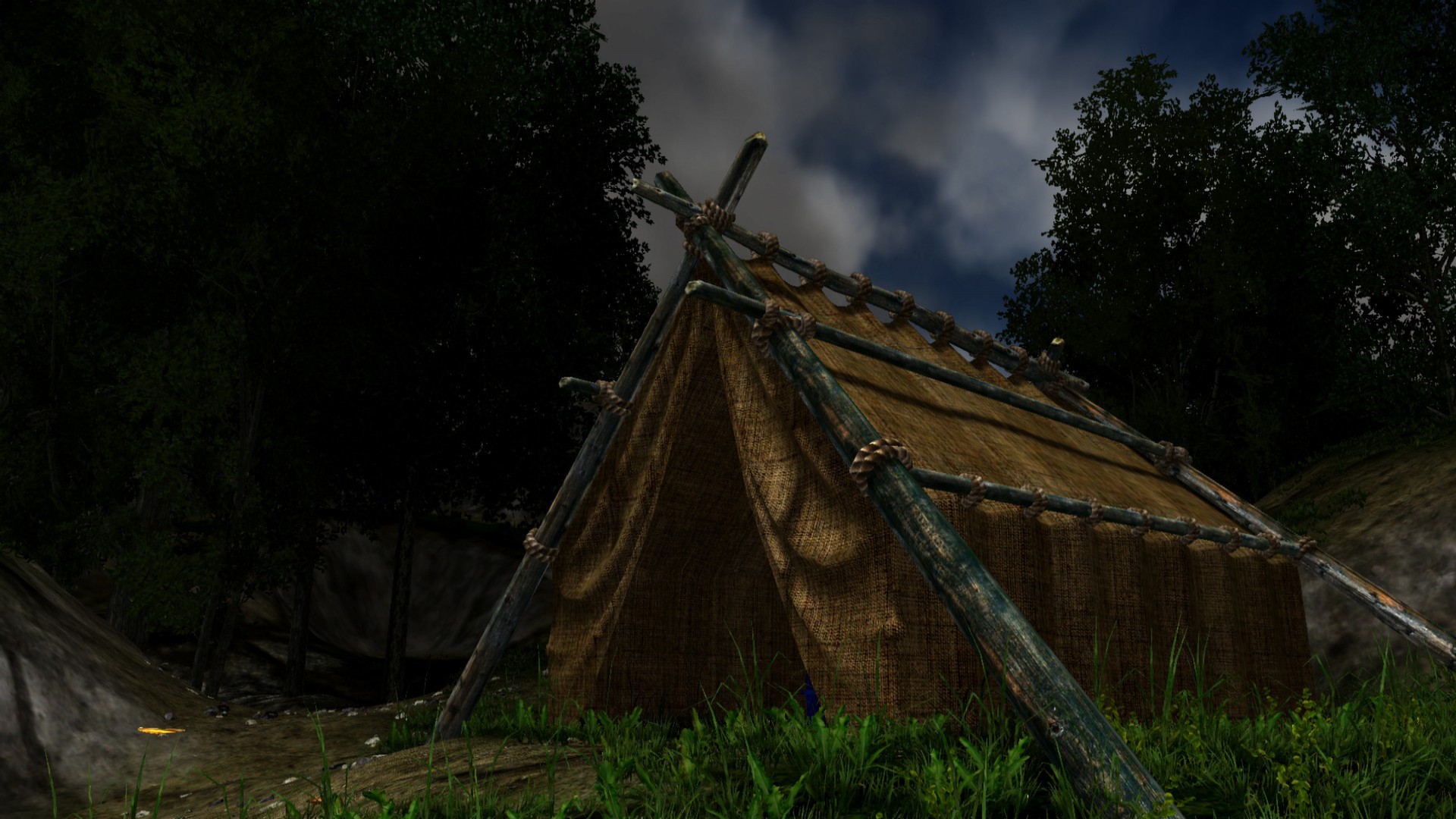
10. Miasmata
Don’t be surprised if you haven’t heard of Miasmata. Even on its release way back in 2012, it never got the same attention as games like The Forest or Don’t Starve, but it is an excellent early example of a proper survival game. Mechanically, it's also remarkably prophetic, featuring systems and ideas that have since been popularised by games like Death Stranding to Alien: Isolation.
The premise is fairly typical: A man becomes marooned on a tropical desert island and must find a way to escape. But you’re not simply looking to stay alive; you’re also seeking a cure for a new disease that is currently ravaging the world (like I said, remarkably prophetic). Your job is to search the island for different plants, identifying them through diagrams and written descriptions, then bring them back to one of several laboratories to synthesize the vaccine.
While there are some familiar survival mechanics, such as drinking water and sleeping to maintain energy, the greater mechanical focus of Miasmata is on navigation and traversal. There’s no minimap or fast travel in Miasmata. Instead, you have to use landmarks to triangulate your position on the island, which gradually reveals portions of the map. In addition, movement is momentum based, so moving too fast or turning too quickly will cause you to fall over and injure yourself.
This may seem easy enough to avoid, but Miasmata’s island is also home to a creature that persistently hunts you, often requiring you to abandon whatever you’re doing and flee. This adds a constant undercurrent of tension, as you’re never exactly sure when the creature will appear. Much like Death Stranding, this basically turns the landscape itself into a puzzle, as you need to think carefully about how you move down a slope,
Today Miasmata is somewhat rough around the edges, and the monster is only scary until you actually see what it looks like, but its island is still eerily beautiful, and its science-based story and innovative movement mechanics make it still worth playing today.
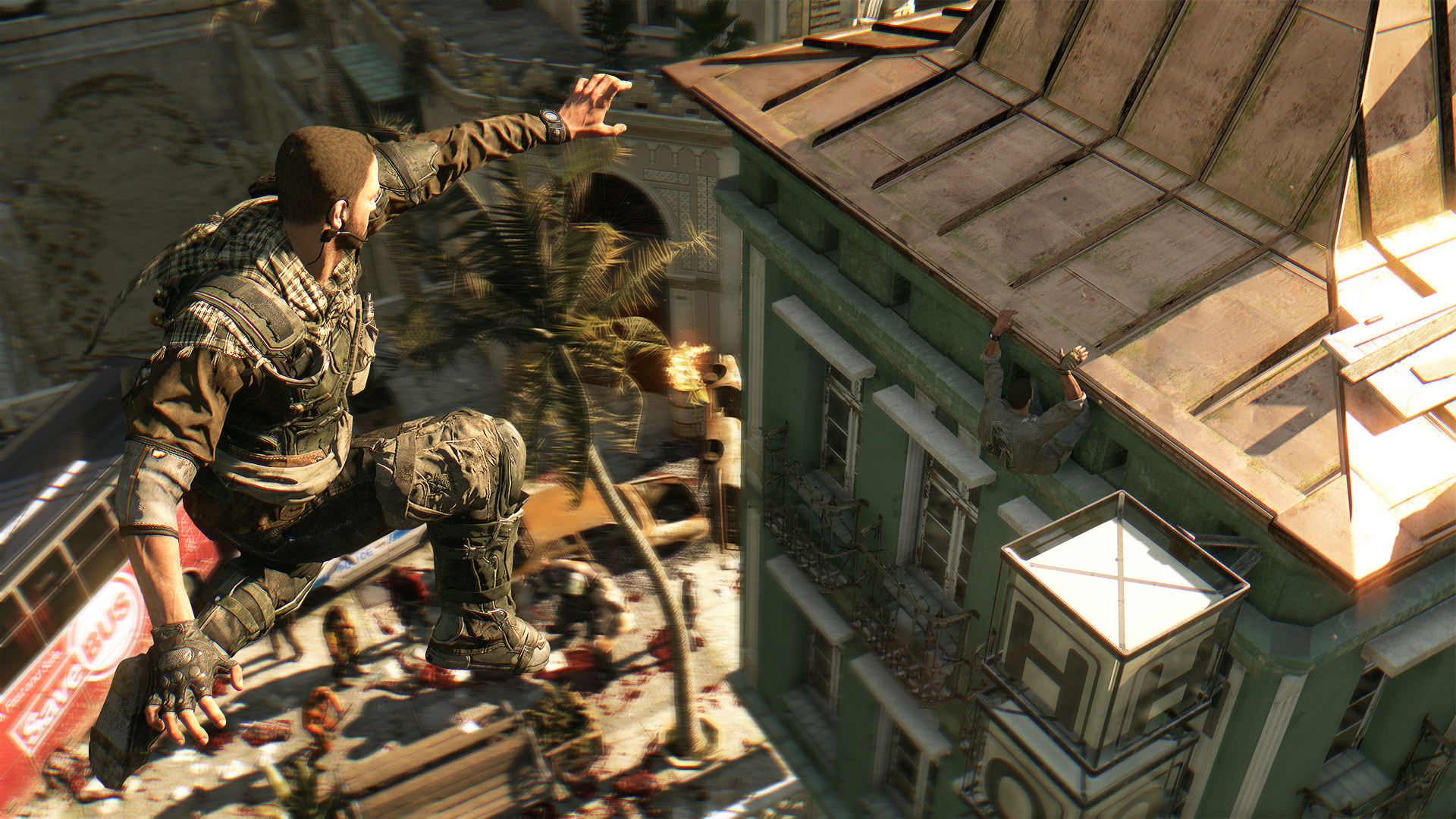
9. Dying Light
Dying Light is as much an action and horror game as it is a survival experience, but it still features the blend of exploration and scavenging that forms the core of most survival games. By day, you spend your time picking your way through the ruins of a zombie-infested city, completing objectives, searching for weapons and equipment, and getting into scrapes with the local undead. When night falls, even more dangerous creatures emerge, and the game shifts from being a slow-burn survival experience into a full-on stealth horror game, where tense sneaking around is punctuated by moments of full-on panic-sprinting as you’re spotted by the night’s terrifying denizens.
Dying Light is a fantastic anecdote generator. Its fast-paced movement, complex combat systems and highly interactive environments encourage a lot of improvisation from the player, while the day/night cycle keeps the tension and atmosphere ratcheted tight. Even in daytime, you’re constantly checking your watch, wondering if you can get to that next objective before night falls, pushing yourself ever further until eventually you get caught out and have to try to make your way back to safety amongst the horrors of the night. It’s Techland’s best game by far, and one of the more interesting takes on zombie survival.
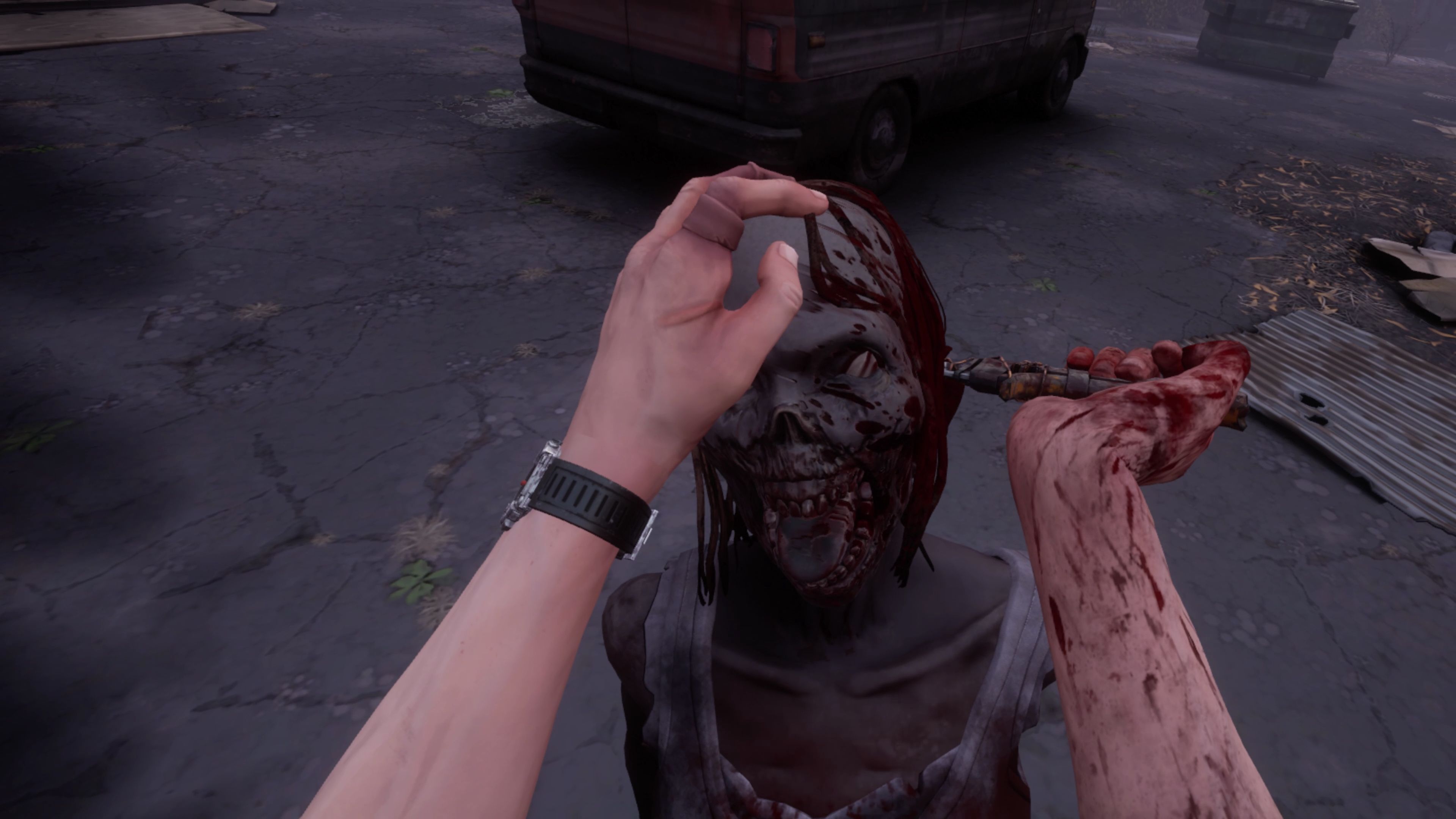
8. The Walking Dead: Saints and Sinners
Saints and Sinners’ deft use of VR transforms what would otherwise be a rote zombie survival experience into one of the most immersive and terrifying survival games out there. The game sees you trapped in zombie-infested New Orleans, hunting for a secret underground bunker loaded with resources while also trying to keep yourself alive. Each day, you head out into the city ruins on a mission of your choosing, whether that’s completing a story objective or simply gathering enough supplies to survive another night.
Saints and Sinners’ use of VR is phenomenal. Ransacking cupboards and stuffing food and equipment into your backpack with your actual hands is astonishingly immersive, while hand-to-hand combat against the game’s shambling undead is as nuanced as it is brutal. Holding a chomping zombie at bay with your left hand while you desperately try to pierce its skull with a knife using your right isn’t an experience you’ll forget in a hurry.
In many ways Saints and Sinners is a VR immersive sim, featuring stealth, both melee and ranged combat, and open-ended levels that you can explore however you like. This is combined with a light sprinkling of random generation and a risk/reward factor whereby the number of zombies increases with each passing day. The result is the closest to a zombie survival scenario you ever want to get, captivating and harrowing in equal measure.
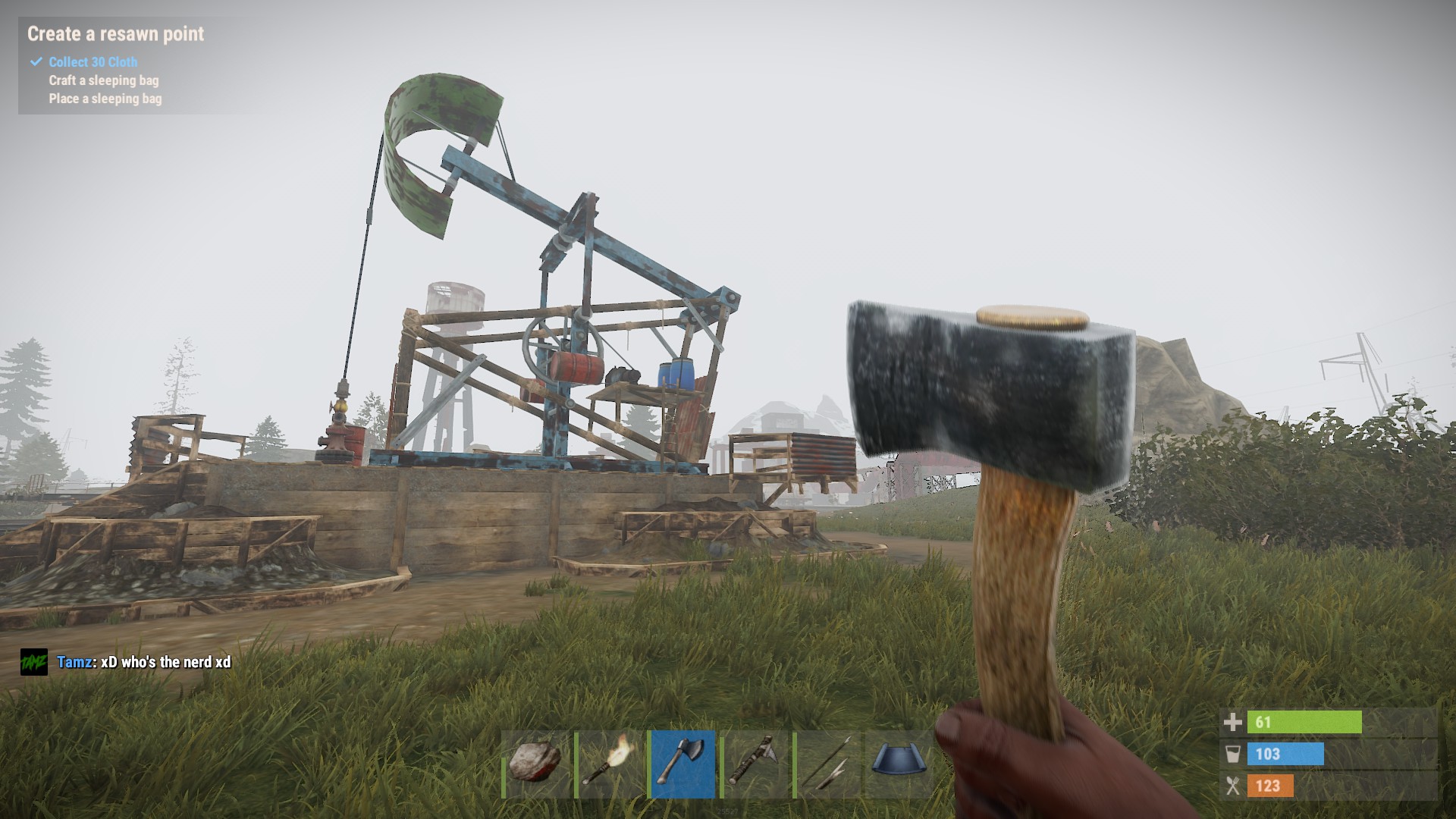
7. Rust
If you want a survival game that’s highly detailed, unforgiving in its brutality, and stark raving bonkers, then Facepunch Studios’ Rust is the game for you. Starting life with one large rock and literally nothing else (not even clothes), Rust tasks you with surviving and thriving in a world where there’s a strong chance the next player you encounter will kill you just for the fun of it.
Rust owes a lot to Bohemia Interactive’s DayZ but has the benefit of not being clunkier than a titanium shoe. Its core interactions are all slick and satisfying, while its crafting system is intuitive and ridiculously deep, letting you build anything from longbows to helicopters. It isn’t the most original game on this list, and if you don’t like games that are unfair or punishing then you should avoid it like a toilet filled with bees. But for a pure, unfiltered survival experience, Rust is one of the best games going.
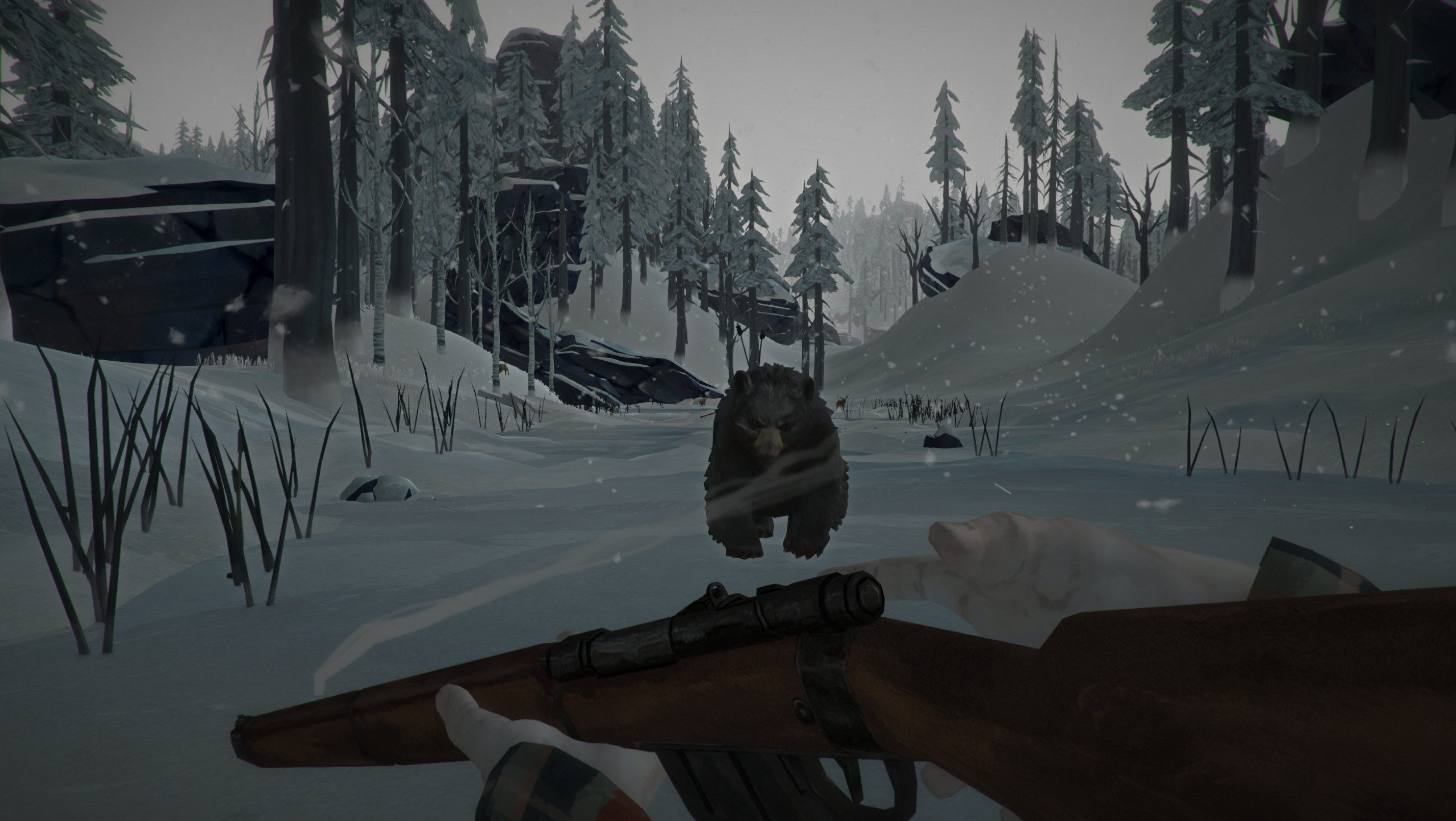
6. The Long Dark
Of all the survival games on this list, The Long Dark is probably the most authentic and granular, aiming to provide as realistic as possible a portrayal of what it might be like to be stranded in the Arctic Circle. Death in the Long Dark usually arrives not as a sudden stop, but via a long, slow decline as cold and hunger gradually eat away at your character’s health and resolve.
Aside from its atmospheric world and deep survival systems, what separates The Long Dark from other survival games is its story mode, which offers a more narrative- and objective-driven survival experience. Delivered episodically, The Long Dark’s story initially suffered from a problematic launch, but the developers have since rebuilt the first two episodes to provide a more gratifying mission structure and a better-quality tale.
With three of the five episodes available, the story mode provides a fantastic counterpart to the game’s already excellent sandbox survival. If you want your survival to be more Bear Grylls than George A Romero, The Long Dark is the game for you.
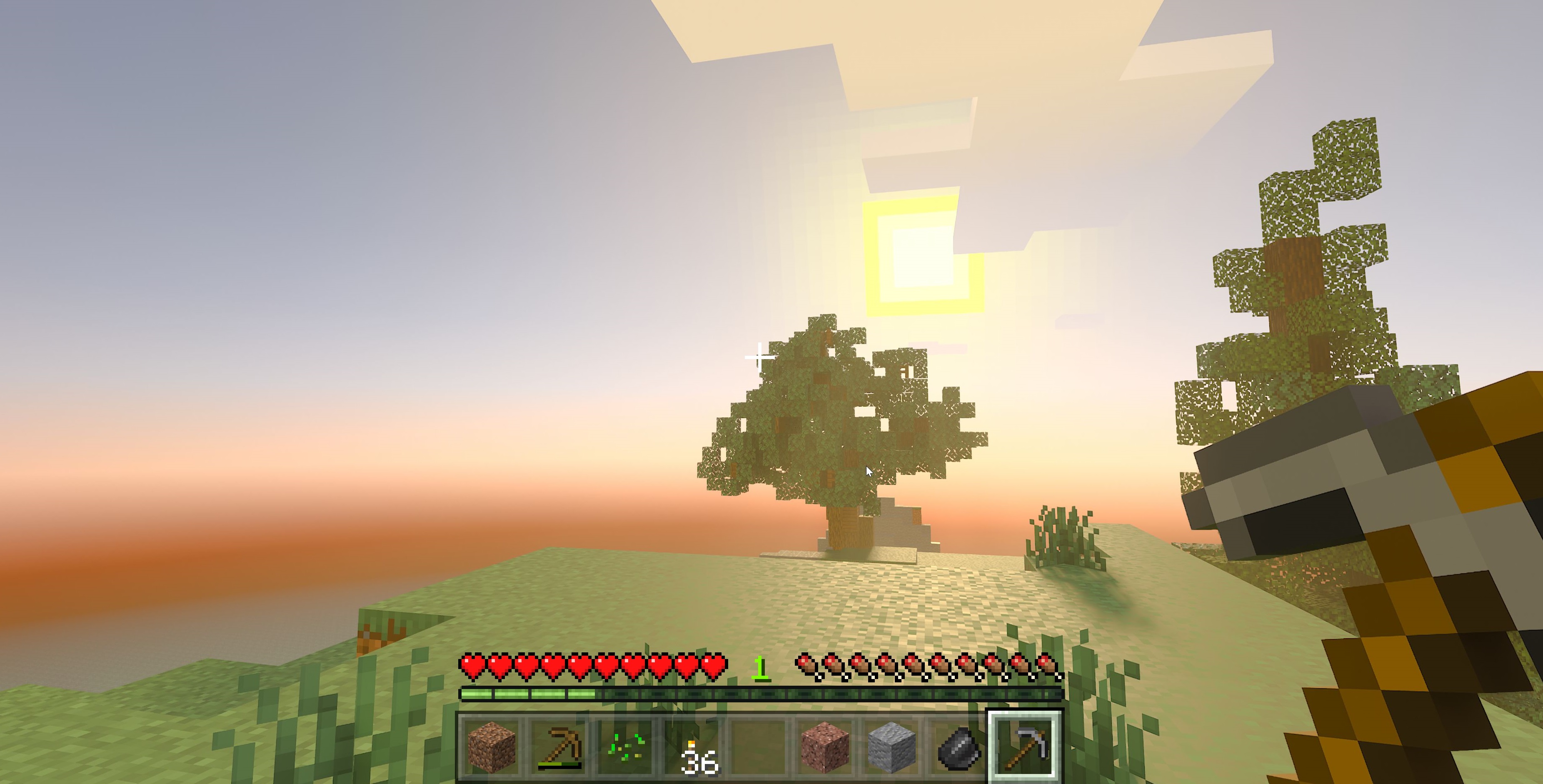
5. Minecraft
I deliberated for a long time about whether to include Minecraft on this list, as it’s become so much more than a survival game now. But putting aside the fact that Minecraft is largely responsible for the genre existing at all, the core survivalist loop that remains at the heart of the game is still extremely compelling. Punching your first tree, building your first shelter, descending into the darkness for the first time as you search for coal to burn and iron to smelt. It may no longer be the purest survival game around, but Minecraft still has that uncanny ability to hook you in, and its rabbit hole goes many miles deeper than it did 10 years ago.
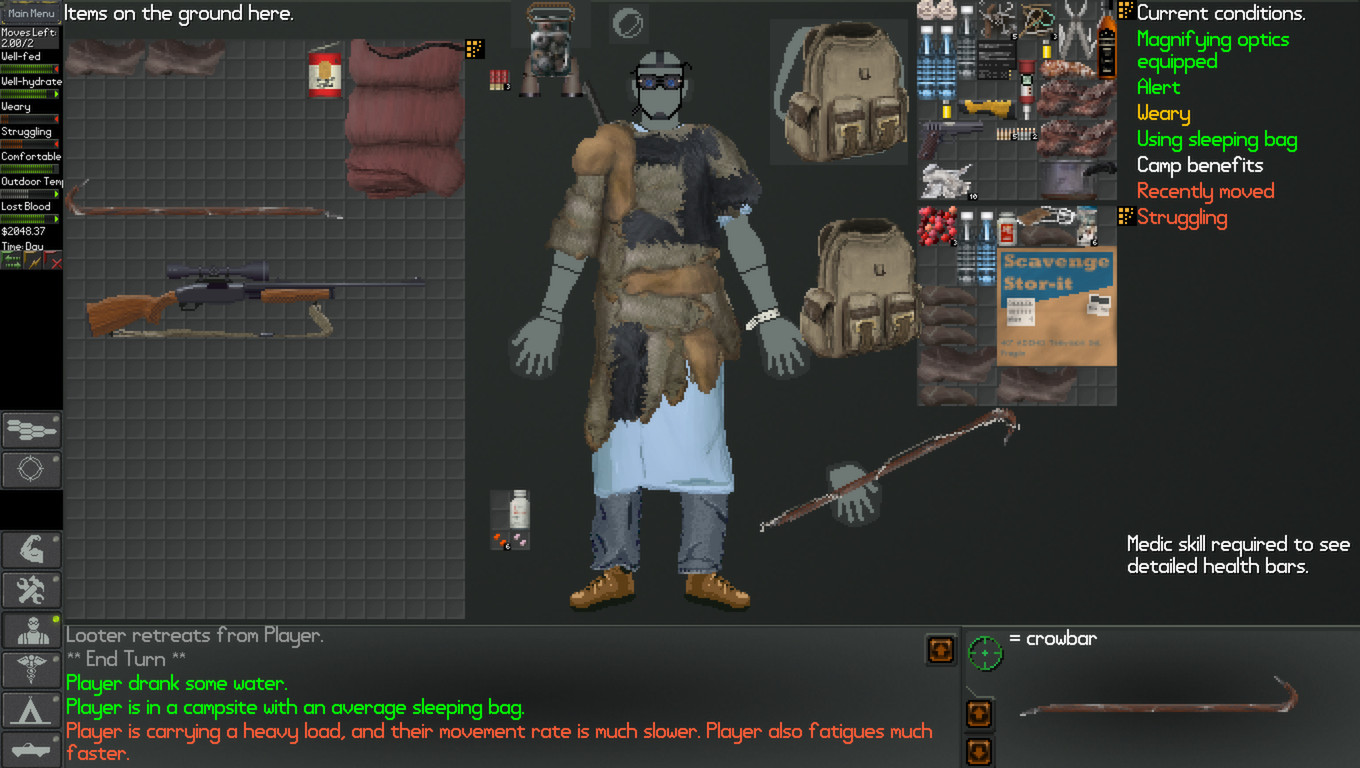
4. Neo Scavenger
Neo Scavenger takes the detail of The Long Dark and the brutality of Rust and sticks it all into one phenomenal isometric package. Awakening into a familiar post-apocalyptic scenario, you take turns to move across the game’s hexagonal world, exploring cities and countryside via a text-based interface.
Neo Scavenger does a huge amount with relatively little. Its combat system, while lo-fi, is extremely detailed, giving a Dwarf-Fortress like account of individual wounds suffered by you and your opponent. Its survival systems are equally detailed, to the point where wearing mismatched shoes will confer a penalty to your movement. One of the game’s best features is its inventory system, which simulates not only the space inside a rucksack on your back but that of a plastic bag carried in your hand and even the pockets of the clothes that you pick up as you explore. Don’t be fooled by the fact it looks rougher than a mutated mole-rat; Neo Scavenger is one of the best survival games around.
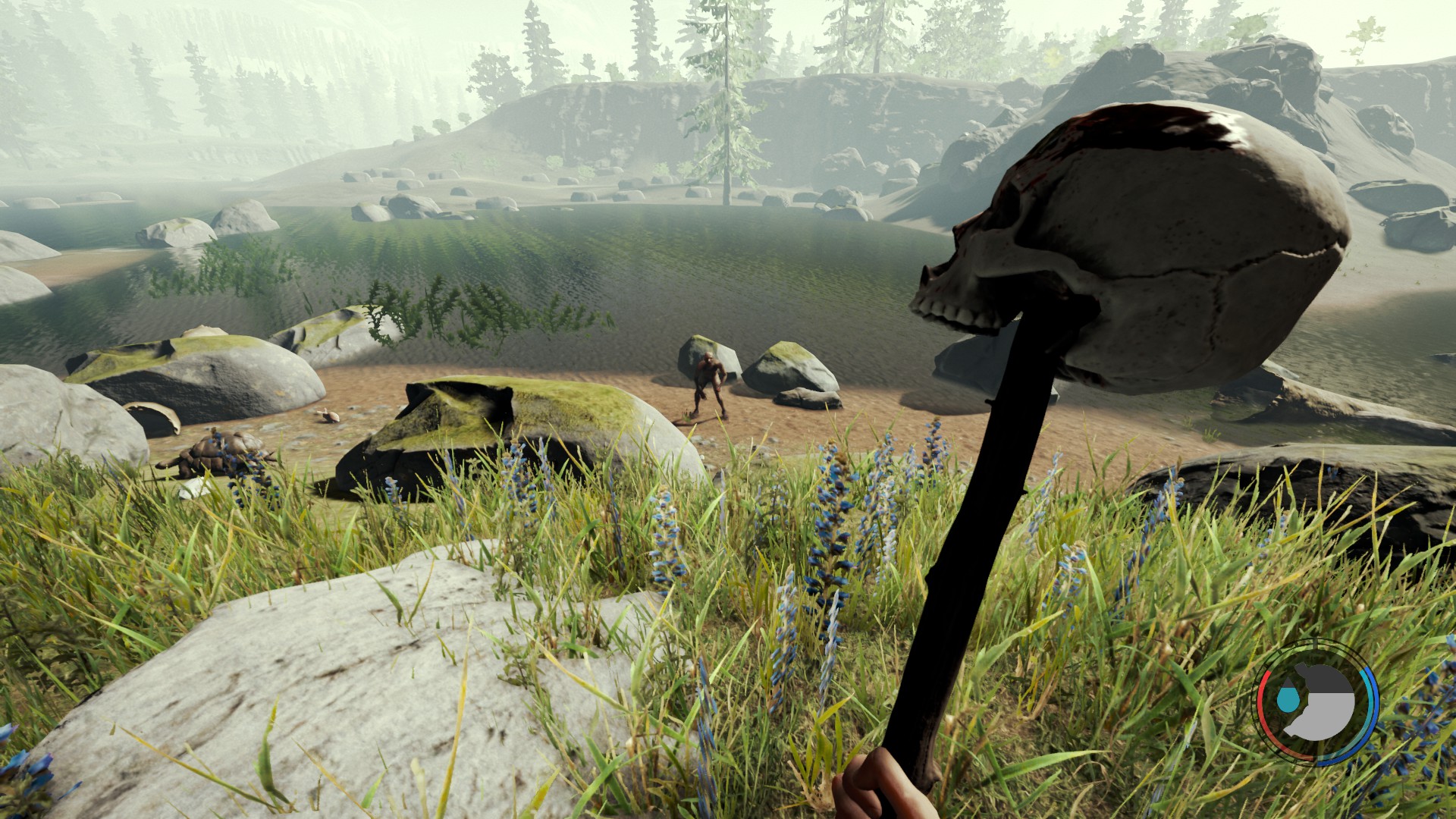
3. The Forest
At first, The Forest doesn’t seem particularly special. Sure it looks pretty, and it has one of the best tree-chopping animations in all survival gaming, but in terms of setting and mechanics it doesn’t seem especially unusual. It’s a survival game set in a forest. Big whoop. So what?
Then they come. The people. Or at least, they seem like people, painted tribesmen who watch you from the trees. They keep their distance at first. But soon they begin to come closer, rushing at you before suddenly backing off, as if testing you. It’s possible they might just vanish into the gloom, but it’s also possible that they’ll attack. And when they do, you’re in a world of trouble.
From its humble beginnings, The Forest slowly evolves into one of the strangest and most harrowing survival experiences out there. The AI of its forest inhabitants is up there with Alien: Isolation for delivering uncannily lifelike behaviour, while the horror story it gradually unveils is one of the most frightening and disturbing you’ll encounter in gaming. If you thought The Descent was scary, wait until you go spelunking in one of The Forest’s cave systems. It’s the dark gem of survival gaming. Detailed, nasty, and brilliant.
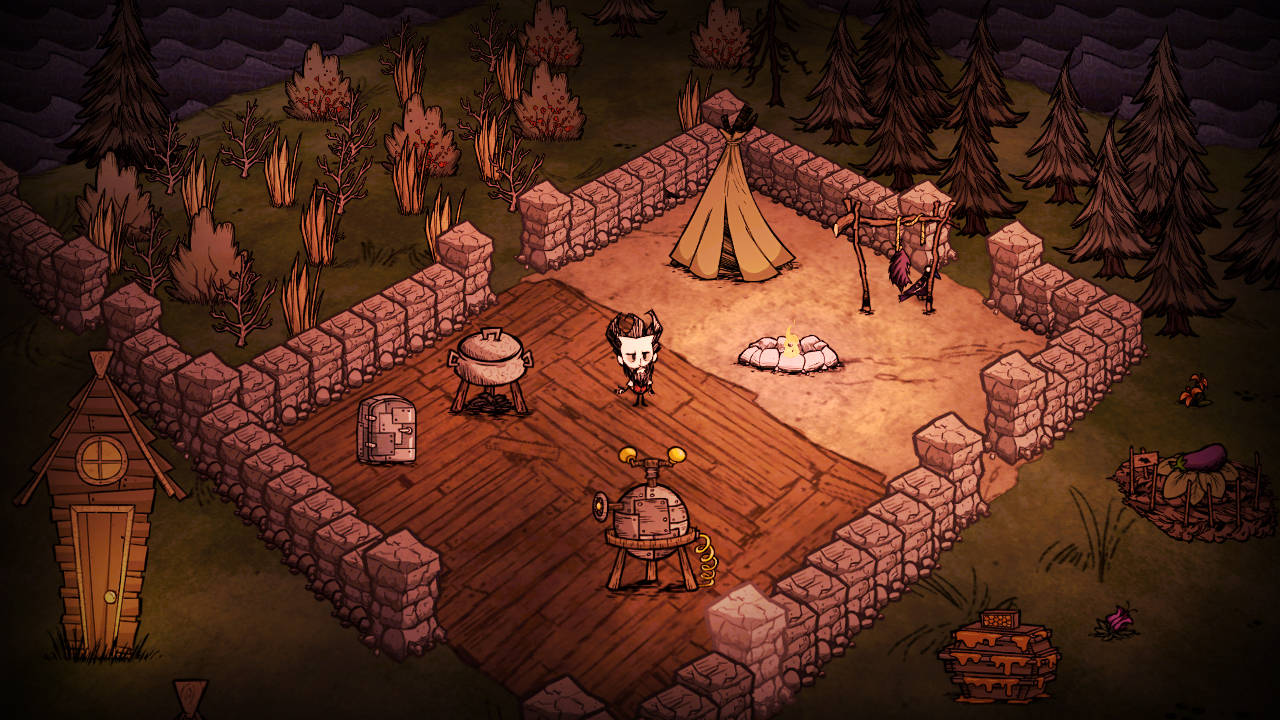
2. Don’t Starve
Delivered with Klei Entertainment’s unmatched sense of style, Don’t Starve transports the survival game to an alternate Victorian setting. Its art is simultaneously whimsical and grotesque, where kooky playable characters and sprightly animations bely the horrors that lurk in the game’s forests after the sun goes down.
Pretty darned great when it originally launched, Don’t Starve has benefited from six years of solid updates, making it one of the most comprehensive survival games around. All manner of surprises ranging from the strange to the terrifying now await in its procedurally generated landscape. This includes the substantial expansion pack Don’t Starve Together, which amongst other things introduces cooperative multiplayer, letting you not starve with a friend.
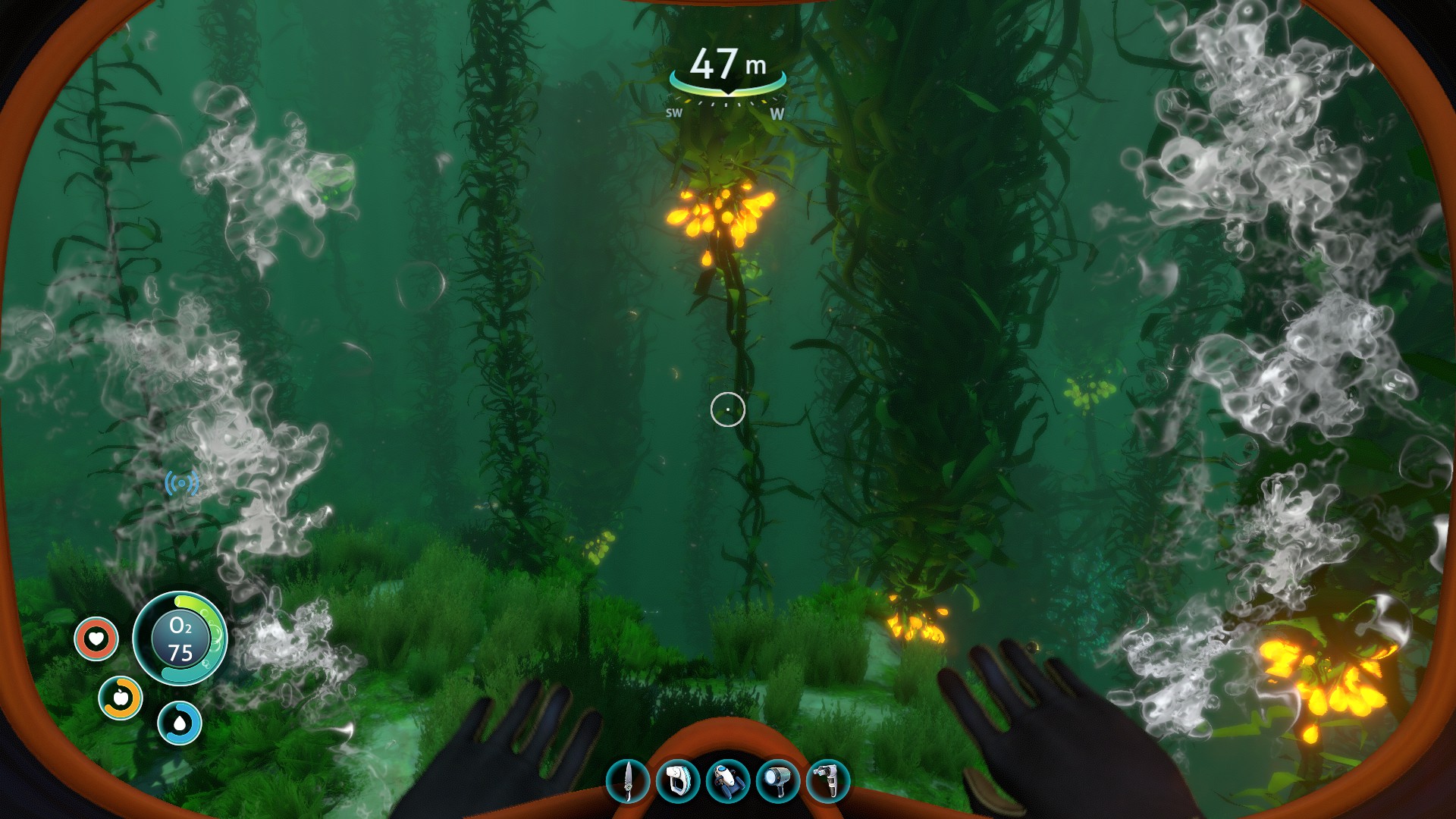
1. Subnautica
Underwater levels are normally the low point of any game, but Subnautica’s aquatic setting is largely what makes it the best survival game currently available. Not even air is guaranteed in Subnautica’s world, meaning you truly do have to defy your environment in order to stay alive.
More than that, though, Subnautica’s underwater world rewrites the survival guide. Whereas most survival games start off with you harvesting wood and rocks, Subnautica’s has you learning to subsist off alien life which you’re completely unfamiliar with. Every step toward survival involves a new discovery. Whether a fish can be eaten or whether a shell can be transformed into a usable material, you’re not simply learning how to survive in Subnautica, you’re also learning about the world you find yourself stranded upon.
And this is merely the beginning of Subnautica’s incredible survival tale. It’s a game of literal depth, with each newly discovered biome taking you deeper into its aquatic world. The deeper you travel, the stranger and more dangerous the game becomes. The story Subnautica tells is layered in secrets, some of which hide in far off desert islands, while others are housed in the giant crashed spaceship that forever looms on the horizon. It is a masterfully crafted experience, and our pick for the best survival game available.

MSI MPG Velox 100R Chassis Review
October 14 2021 | 15:04








Want to comment? Please log in.